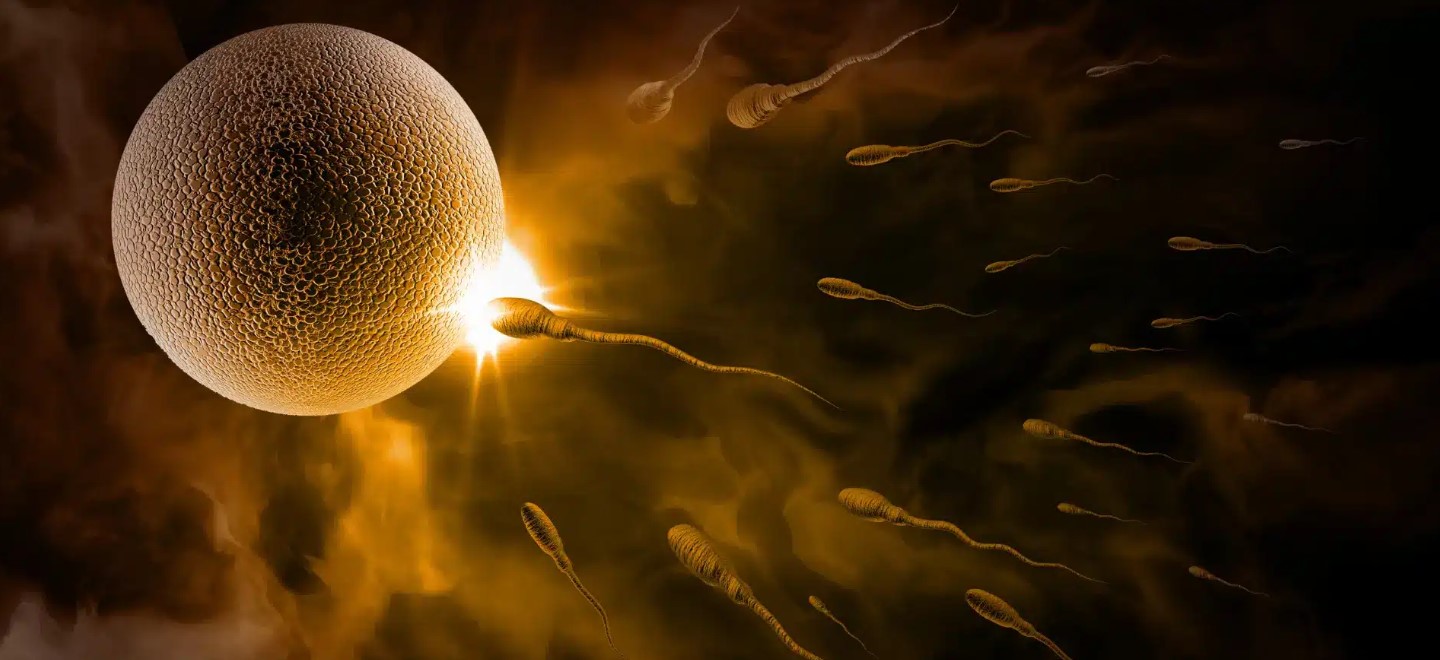“The testicles are located in an exposed and vulnerable position outside the body for a reason. For optimal sperm production, they need to be 1.9–3.9°C cooler than the body’s core temperature,” states a website on male fertility.
Studies are beginning to show that temperature anomalies—the difference between an observed temperature at a specific location and the long-term average temperature for that location—can significantly impact sperm quality, raising concerns about climate change’s effects on male fertility.
While there hasn’t been a study focused on Africa, this edition draws insights from global research. One recent study, published in the journal Heliyon last year, analyzed 78,952 semen samples from 33,234 men across six provinces in China, making it one of the largest investigations of its kind. The authors discovered that both excessive heat and extreme cold were linked to reduced sperm quality, with potential implications for global fertility rates.
During the hot season, unusually high temperatures negatively affected key sperm parameters, including sperm concentration, progressive sperm motility–the ability of sperm to swim through the female reproductive tract to fertilize an egg–and total motile sperm count. Conversely, in the cold season, excessively low temperatures were linked to reduced sperm motility.
“Our study suggests that human sperm quality is vulnerable to climate fluctuations,” the authors wrote. “Extreme heat and cold both have measurable negative effects, highlighting the need for further investigation into climate change’s long-term impacts on reproductive health.”
Previous studies have already established that temperature plays a crucial role in sperm development, which takes around 90 days. The testicles function best at temperatures slightly lower than body temperature, and excessive heat exposure—such as from hot baths, saunas, or prolonged laptop use—has been shown to impair sperm production.
The new study adds another layer to this understanding by demonstrating how long-term climatic variations, rather than just short-term exposures, can influence male fertility. The researchers used high-resolution climate data to assess participants' exposure to temperature anomalies over the three months leading up to their sperm donation.
Mitigating the effects
While global climate policies aim to slow rising temperatures, individuals can take steps to protect sperm health. Experts recommend minimizing heat exposure by wearing loose-fitting clothing, avoiding prolonged heat exposure, and maintaining a healthy lifestyle.
The study’s authors emphasize the need for further research to explore adaptation strategies and potential interventions. “Understanding the mechanisms behind temperature-related sperm quality decline is crucial,” they conclude. “More studies are needed to inform public health strategies and mitigate potential fertility risks.”
Sperms are declining in Nigeria and South Africa
In 2023, a study published in Nature found a significant decline in semen quality in Nigeria and South Africa. It was the first study of its kind conducted in Sub-Saharan Africa.
Researchers analysed the sperm of more than 17,000 men attending fertility clinics in Nigeria and South Africa between 2010 and 2015. While this decline in sperm quality was not directly linked to climate change, researchers could not rule it out entirely.
The study suggested two main factors: natural aging of the reproductive system. Over time, the body’s ability to produce sperm weakens. External factors and lifestyle choices –exposure to harmful substances such as tobacco, alcohol, and pollution, as well as high temperatures and environmental changes, can negatively impact sperm health.
This article was first published in 54 Africa Science newsletter

